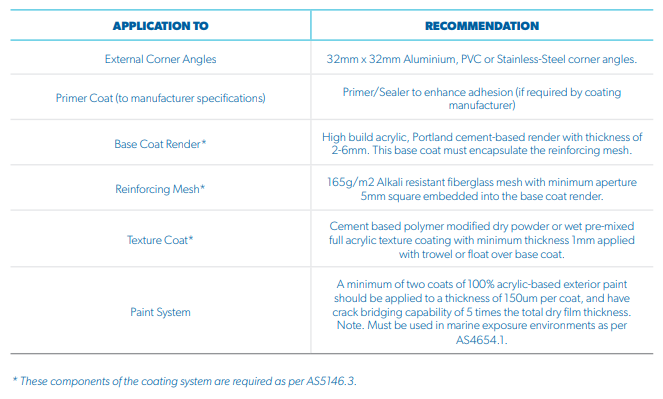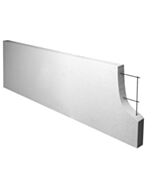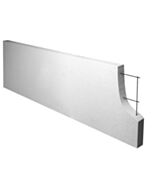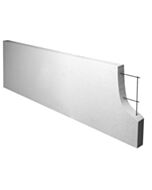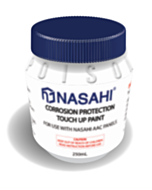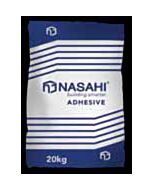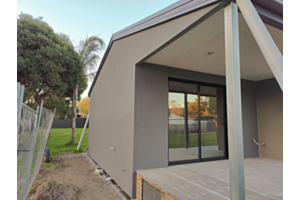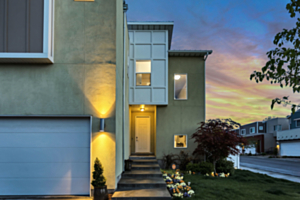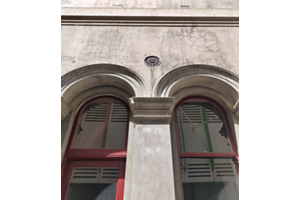What are autoclaved aerated concrete (AAC) panels?
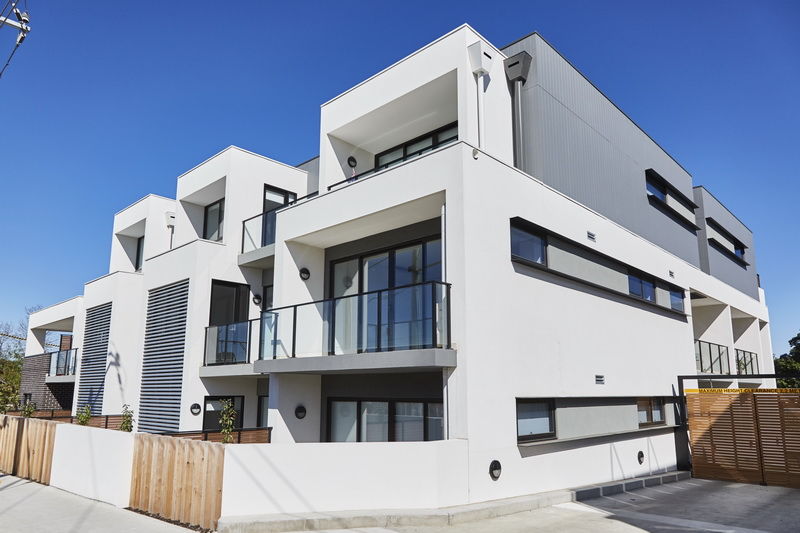
If you are in the market for cladding options, you may have heard the term 'autoclaved aerated concrete' (AAC). You may be wondering what AAC panels are and why you should select this type of cladding for your project?
Light-weight precast concrete cladding
As a lightweight precast concrete, AAC panels are a popular cladding option for construction due to their superior structural, fire retardant and thermal properties, as well as being mould- and termite-resistant. In recent trends, AAC panels have been used in place of stone on countertops, finished with speciality coatings (such as concrete and venetian plaster finishes) and sealers, as well as furniture items, showcasing their versatility in contemporary architecture and design.
These lightweight panels are a type of celluar concrete material that are manufactured using sophisticated technology (when compared to foam concrete, a similar product considered to have a weaker compressive strength due to use of foaming agents during the manual manufacturing process).
When AAC panels are made, gas bubbles are formed due to chemical reactions of lime and aluminium paste, which assist with creating the porous structure of aerated concrete. The autoclaving process involves curing in metal capsules (autoclaves) at high pressure and high temperature, allowing the material to develop properties which cannot be obtained in usual conditions. Autoclaving of aerated concrete is carried out not only to speed up the process of hardening the mixture, but changes the structure at the molecular level and creates a new mineral with unique performance characteristics (tobermorite). Autoclaved aerated concrete is therefore an artificially synthesised stone, while foam concrete (non-AAC) is a cement-sand mortar set in a porous state.
Quality assurance of AAC panels
Autoclaved aerated concrete is produced according to ISO standards, meaning the product is manufactured according to set standards, the quality is confirmed by stringent test protocols and the products have a quality certificate.
Autoclaved aerated concrete panels are only produced in large-scale plants and are delivered in prefabricated blocks. Modern AAC plants have a high degree of automation (about 95%) and virtually eliminate the influence of human factor in the production process.
Strength
Aerated concrete is produced in different densities: from 400 to 800 kg/m3 with a class of compressive strength of B1.5 to B7.5. The most popular densities are D500 and D600, and AAC at these densities has a class of compressive strength of B2.5 and B3.5, respectively.
As autoclaving significantly increases the strength characteristics of aerated concrete, objects such as cabinets and shelves, boilers, air conditioners and ventilated facades can be fastened into the base of AAC. We recommend to always review specifications of particular building systems you are interested in using.
Homogeneity
In the production of AAC, gas formation takes place simultaneously throughout the entire volume of the material. Special vibrators attached to the formwork periodically apply a pulse, forming large gas bubbles and eliminating the presence of cavities and air sacs in the finished blocks. As a result, the pores are the same size and evenly distributed throughout the volume of the material. Autoclaved aerated concrete building blocks are obtained by cutting a large mass, which guarantees perfect and uniform quality of all blocks.
So, which AAC building system do you recommend?
Here at Render Supply Co, we proudly stock the Nasahi® range of AAC panels. Nasahi® have been one of the world’s largest producers of innovative, high quality AAC materials for over 20 years, and their range of building systems are regularly tested in Australia by NATA accredited laboratories. They are carefully engineered to comply with the requirements of the Building Code of Australia, and to remain at the cutting edge of product innovation.
Nasahi® Panels are designed to provide a superior wall cladding solution with the feel of concrete at a significantly reduced cost. Excellent airborne noise transmission properties result in a quieter, more comfortable home.
Manufactured from lightweight, reinforced, autoclaved aerated concrete, Nasahi® Panels have a working density of 650kg/m3 making them highly resistant to chipping and damage during delivery and handling. Nasahi® Panels are also very thermally stable, requiring minimal expansion joints.
They are also non-combustible and are compliant as external wall cladding in all Australian bushfire regions. Further, Nasahi® Systems are designed to achieve very high thermal ratings and easily meet the NCC climate requirements of zones in Australia.
Installation of Nasahi AAC panels
We recommend referring to the Nasahi® External Installation Guide for a more in depth overview of installing this product.
Briefly, Nasahi® recommends the construction be designed in 275mm horizontal modules, to help minimise the number of panels required during construction, and reduce the likelihood of cutting through the embedded corrosion protected steel mesh. It is essential that sarking wall wrap is installed prior to installation of AAC panels. Control joints should be a minimum of 5-10mm wide by 5mm deep and consist of a backing rod and flexible sealant (fire rated where required).
After penetrations and fire collars have been correctly installed and Nasahi® Panels are dry and clean of debris/oil, surface protrusions must be trimmed back and large imperfections filled with Nasahi® Panel Adhesive. Exposed reinforcing bars must be coated with Nasahi® Corrosion Protection Touch Up Paint.
Nasahi® recommends the following coating system be used:
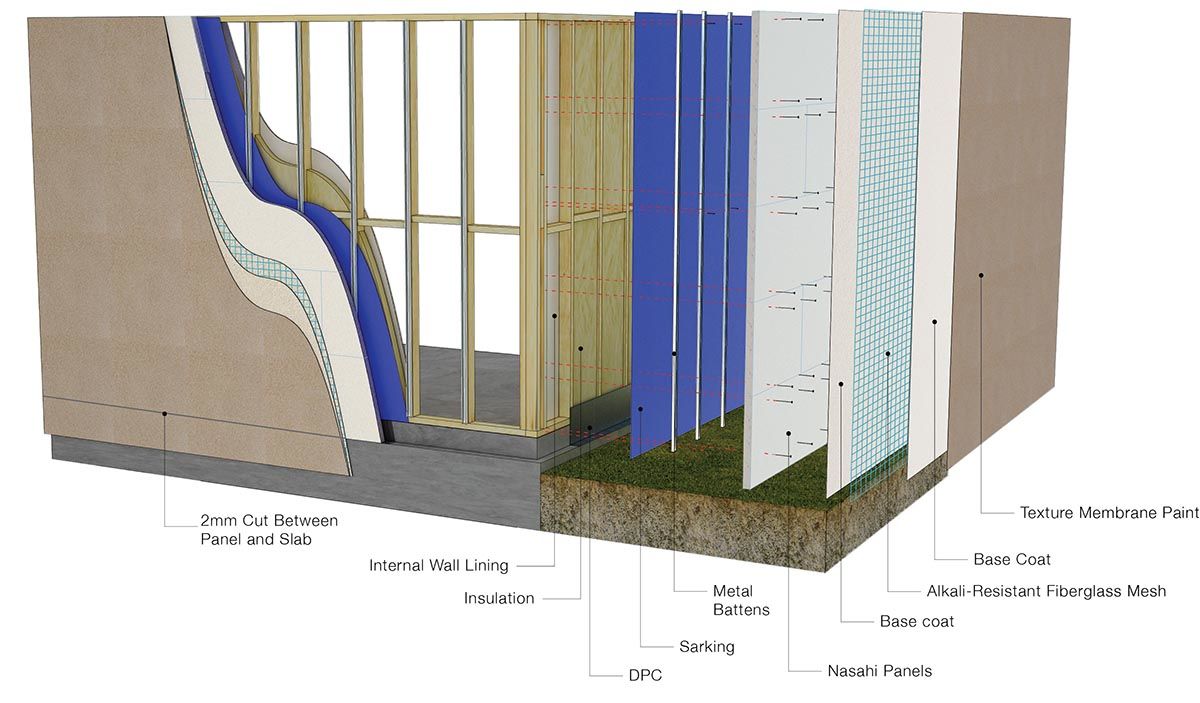
Chat to us today about how AAC panels can work for your project, and/or for assistance with recommended coating systems.
Conclusion
- AAC panels are a popular lightweight cladding with superior structural, fire-retardant, thermal, mould- and termite-resistant properties. They are versatile with recent use seen in the construction of countertops and furniture, finished with specialty coatings and sealers.
- AAC panels are cut to precise dimensions, are uniform in density, and are produced only in modern plants with a stable guaranteed quality using global standards.
- AAC differs from non-autoclave materials with higher strength and lower weight.

